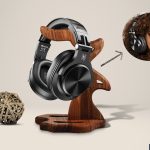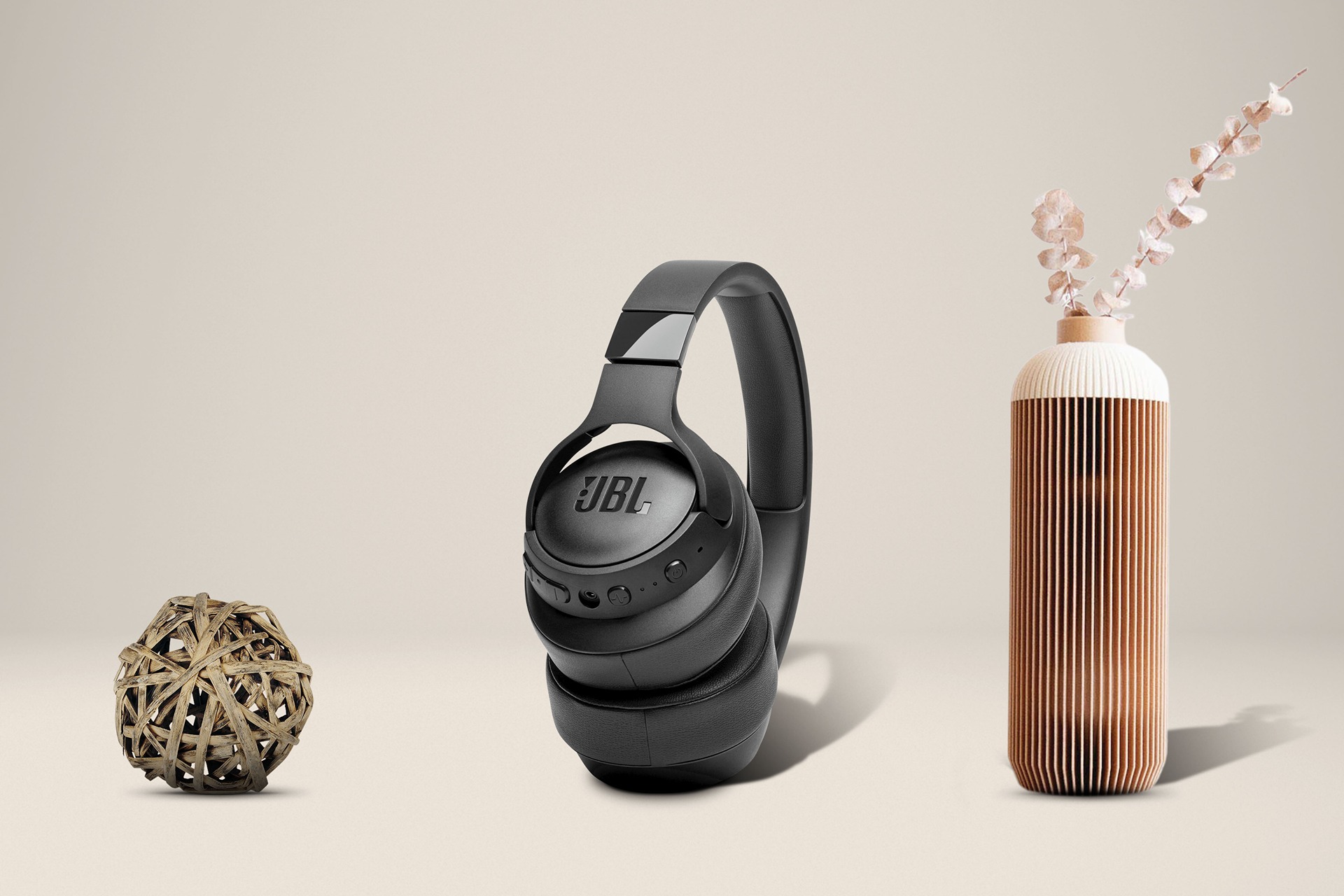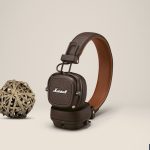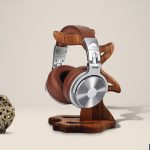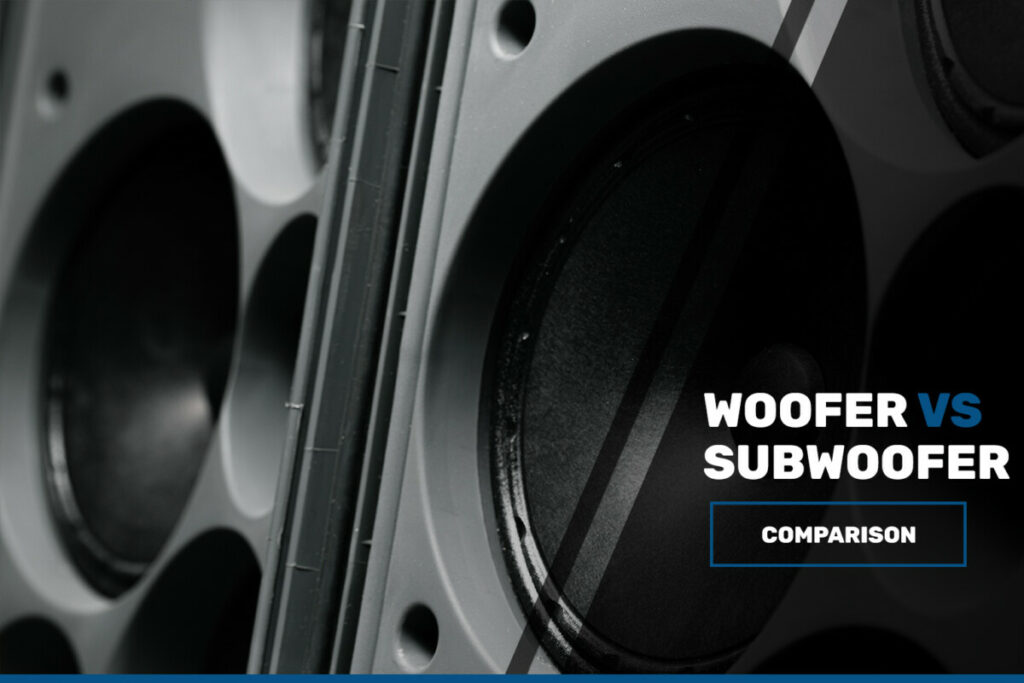
Speakers come in all shapes and sizes, but two of the most common types are woofers and subwoofers. While these terms may be used interchangeably by some people, there is an important distinction between them that should be understood.
In this article we will explore the differences between woofers and subwoofers so you can make an informed decision about which one best suits your needs.
What Is A Woofer And What Is A Subwoofer?
A woofer is a type of speaker that is desgined to reproduce low frequency sounds, typicaly in the range of 20Hz to 4kHz.
Woofers are usually large in size to accommodate the larger diaphram required to move sufficient air to create low frequency sounds. They are comonly found in car audio systems, home theater systems, and professional PA systems.
A subwoofer, on the other hand, is a specialized type of woofer that is designed specifically for reproducing extremely low frequency sounds, typically below 80Hz. Subwoofers are even larger than woofers and often feature a seperate enclosure, which helps to optimize the performance and control of the low frequency sound waves.
Subwoofers are often used in home theaters, music systems, and in live sound reinforcement applications to provide additional low frequency support to the overall audio system. Although, generally, there are 8 types of subwoofers in total, but that’s a topic for another day to cover.
Differences Between Woofers And Subwoofers
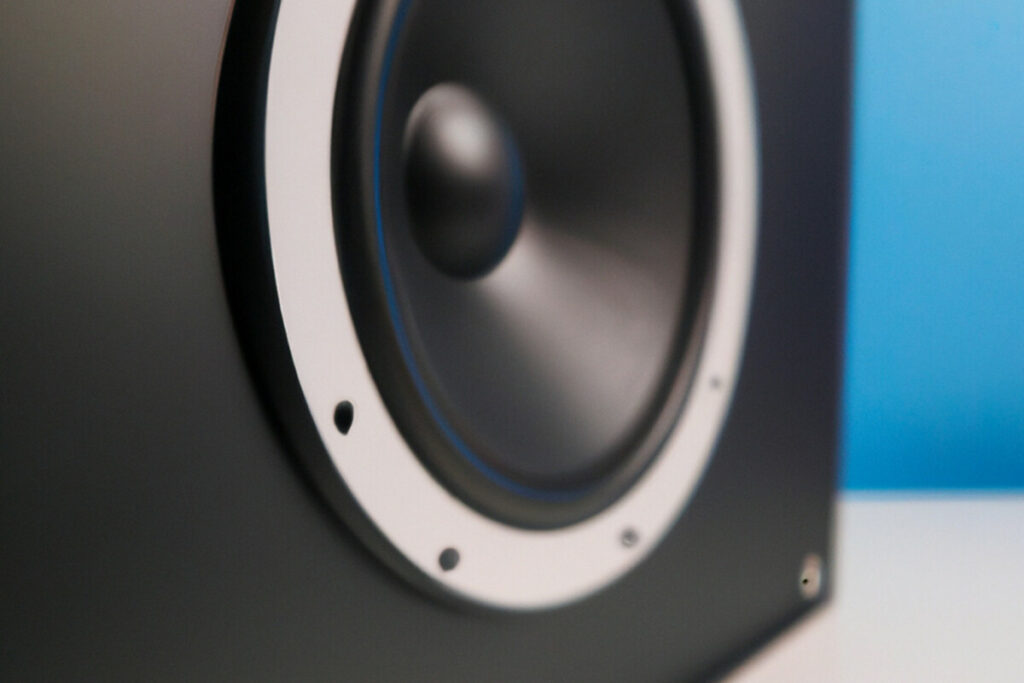
Woofers and subwoofers are both types of speakers that are designed to produce low-frequency sound but still, there are some key diferences between the two:
Frequency Range: Woofers are designed to produce low-frequency sounds in the range of 20Hz to 4kHz, while subwoofers are designed to reproduce extremely low frequencies, typicaly below 80Hz.
Size: Woofers are larger than tweeters and mid-range speakers but are smaller than subwoofers. Subwoofers, on the other hand, are larger than woofers and often feature a separate enclosure to optimize the performance of the low-frequency sound waves.
Purpose: Woofers are used in car audio systems, home theater systems, and professional PA systems to provide low-frequency support to the overall audio system.
Subwoofers, on the other hand, are used in home theaters, music systems, and live sound reinforcement applications to provide additional low-frequency support to the overall audio system.
Enclosure: Woofers are typicaly mounted in the same enclosure as the other speakers in the audio system, while subwoofers often have a separate enclosure to optimize the performence and control of the low-frequency sound waves.
Power Handling: Subwoofers require more power to produce low-frequency sounds compared to woofers. This is because the larger size and specialized design of subwoofers require more energy to move suficient air to create the low-frequency sound waves.
In conclusion, while both woofers and subwoofers are designed to produce low-frequency sounds, they differ in terms of frequency range, size, purpose, enclosure, and power handling.
Benefits Of Using Woofers And Subwoofers
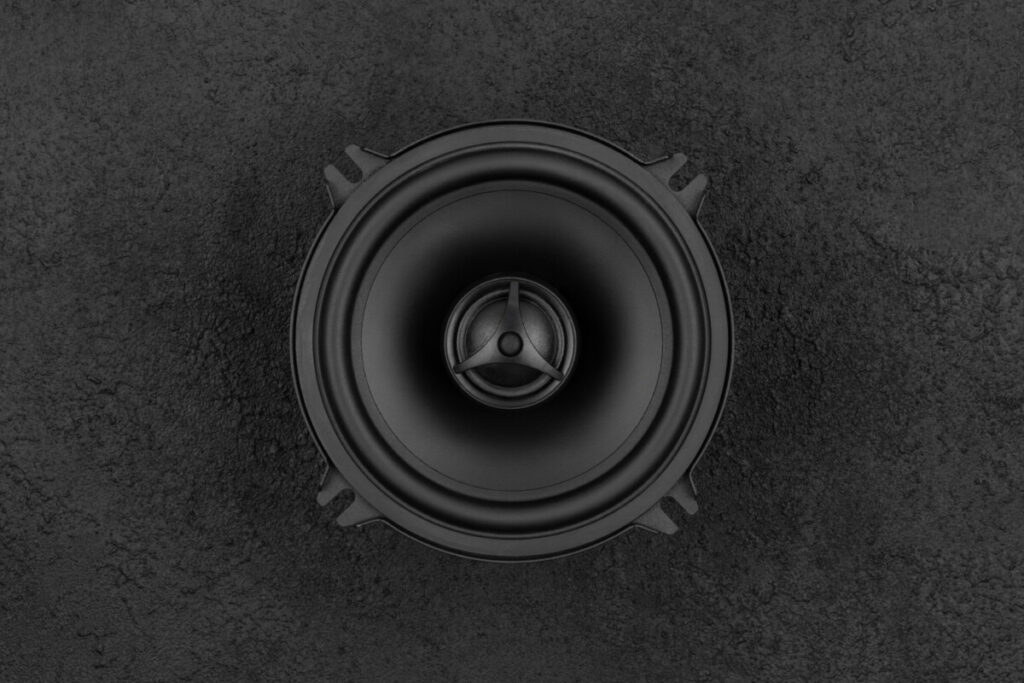
Woofers and subwoofers are essential components of a high-quality audio system as they provide the low-frequency sounds that add depth and fullness to music and other audio content. The benefits of using woofers and subwoofers include diferent things such, but it depends on usage and what you need it for, so ask yourself do you really need a subwoofer? Read on to find out.
Improved Audio Quality: By reproducing low-frequency sounds, woofers and subwoofers add richness and depth to music and other audio content, making it sound more lifelike and enjoyable to listen to.
Better Bass Response: Woofers and subwoofers are specifically designed to produce low-frequency sounds, which results in better bass response compared to other types of speakers.
More Imersive Experience: Low-frequency sounds are an important part of many audio and video experiences, and by using woofers and subwoofers, listeners can experiance the full impact of these sounds, creating a more imersive experience.
Enhanced Home Theater Experience: In a home theater system, woofers and subwoofers can help to recreate the sound effects and explosions that are commonly found in movies and television shows.
Increased Volume: Because woofers and subwoofers are designed to handle the demands of low-frequency sounds, they can play at higher volumes without disorting or producing unwanted noise.
Customizable Audio: By using different types and sizes of woofers and subwoofers, listeners can tailor their audio system to their specific needs and preferences, resulting in a personalized and high-quality listning experience.
In conclusion, as you can see the benefits of using woofers and subwoofers are many and include improved audio quality, better bass response, a more imersive experience, an enhanced home theater experience, increased volume, and the ability to customize the audio system.
Choosing The Right Woofer Or Subwoofer For Your System
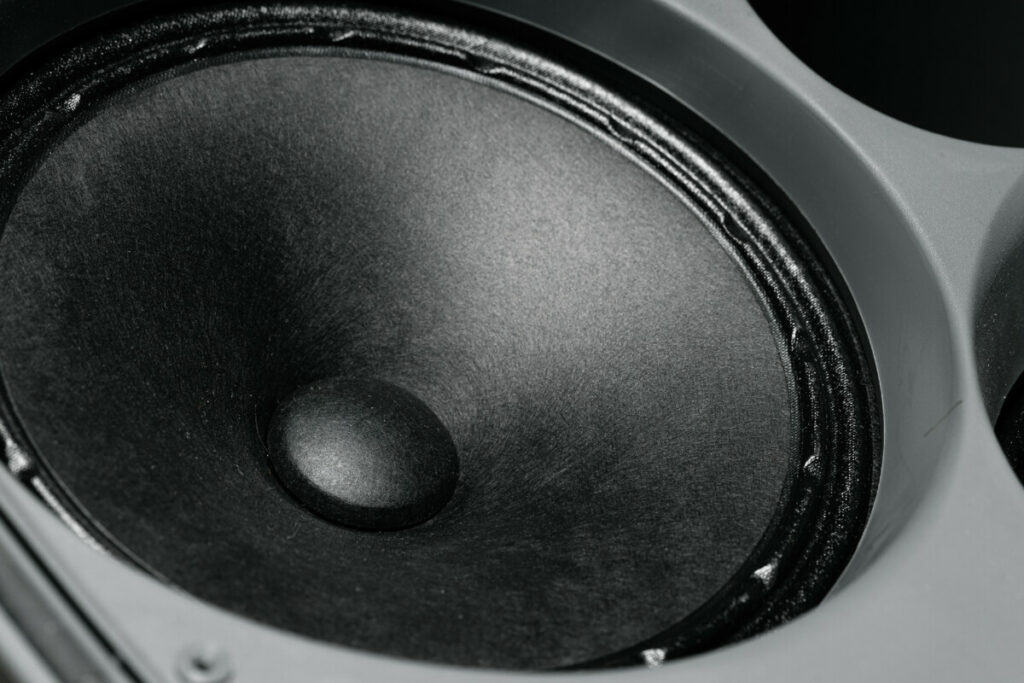
When choosing the right woofer or subwoofer for your audio system, it is important to take into account several factors to ensure the best sound quality.
The first step in selecting a woofer or subwoofer is considering the size and desing of the room or space you are working with, as this will determine what type of speaker and how many woofers and subwoofers you will need.
Depending on the size of your space, you may need multiple woofers or subwoofers to adequately cover the room, while larger rooms can often support just one woofer and one subwoofer.
Aditionally, woofers and subwoofers should be placed at least 1 foot away from walls to avoid bass build-up.
The next step in choosing woofers or subwoofers is determining what type of application you require them for; if you are looking for a home theater setup that provides clear highs, mids as well as deep lows then you should go with a combination of woofers and subwoofers.
For a music listening setup that has more emphasis on mid-range frequencies like guitars or pianos, then just woofer speakers may suffice.
Once you know what type of aplication you need, it’s time to select woofer versus subwoofer speakers based on their frequency response range.
It’s also worth noting that most commercial woofers have been designed with an open back enclosure which alows sound waves escape freely without restriction enabling loud volumes while subwoofer designs call for specialized enclosures which facilitate proper air movement necessary for good low-end performance.
Finaly, when selecting woofer or subwoofer speakers it’s important to consider their power requirements; woofer systems require less power than their counterparts do because they can reproduce mid-range frequencies at high volumes.
Subwoofer systems generally require much more power amplification due to their ability to reproduce deeper bass tones at higher volume levels. In some cases, your subwoofer might get blown, not literally, but technically within itself and its components. So, there are ways to tell if a subwoofer is blown or not, keep in mind to check them out.
It’s also recomended that both types of speakers have an amplifier/power source capable of providing enough current output so that each speaker receives adequate power without straining the amp itself.
By taking all these points into consideration when choosing woofer versus subwoofer speakers for your audio system, you should be able to find the perfect solution for any application ensuring maximum enjoyment out of your listening experience!
Conclusion
So, here we are at the end of today’s article! As you can notice, even though woofers and subwoofers are two different things in an audio system, when combined, they bring out the best listening experience for you.
I hope you liked what you read thus far, and I hope this article provided you with everything you needed to know!
Equipment Tester & Reviewer
I’m an unbiased audio equipment tester & reviewer, dedicated to keeping you up-to-date on the latest and greatest in audio gear.

